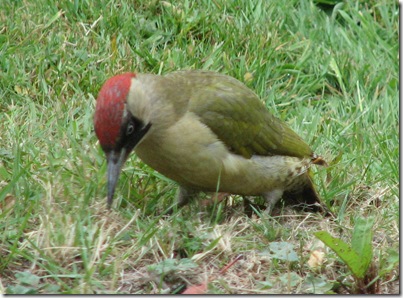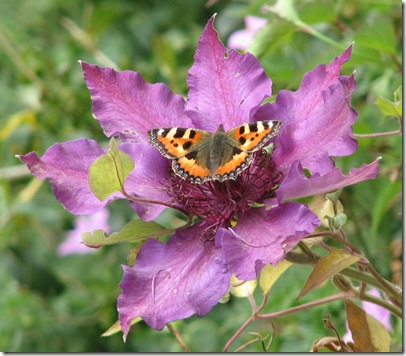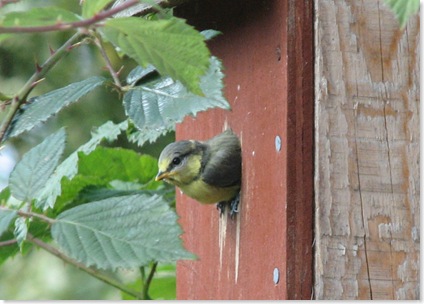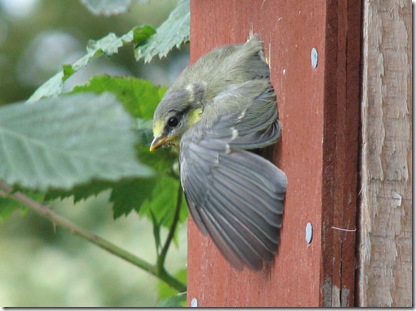
Recently, while compiling some notes on the mites of Sussex, I was made aware of the detailed observations made by Edward Connold on the gall mites of the area around Hastings where he lived in the late 19th and early 20th centuries. Many of these still stand as the only recorded observation of a particular species in Sussex, though most are probably widely distributed. Connold seemed an interesting man, so I thought I would find a little more out about him.
Edward Thomas Connold was born in Castle Street, Hastings in June 1862 and died in St Leonards-on-Sea in January 1910 aged 47. Although he moved about to various schools and in various jobs as a child and a young man, he returned permanently to St. Leonards in 1885. His son, Edward Thomas Connold, was a professional photographer who did much work in Sussex.
Connold, an amateur (he earned his living as a grocer), had a very wide interest in natural history as is borne out by his various observations in The Hastings and East Sussex Naturalist. He was especially interested in shells, wasps, caterpillars, wildflowers and marine life but his major contribution nationally and internationally was in the study of plant galls and Margaret Redfern in her New Naturalist book Plant Galls (2011) suggest he was the discoverer of galls on the roots of plants.
Detailed notes on the galls Connold found are published in his books British Vegetable Galls (1901), British Oak Galls (1908) and Plant Galls of Great Britain (1909). He also made a valuable contribution to the study of marine life by editing his friend Philip Rufford’s book Notes of British Hydroid Zoophytes (1902). (Hydroid Zoophytes are now included in the phylum Bryozoa, or moss animals. They are small, mainly marine animals often similar to corals with creatures like small sea anemones inside a colonial, skeletal covering of their own construction. Many colonies look more like plants than animals. Rufford and Connold often obtained their specimens of these and other marine life from the Hastings trawlers.)
In 1907 Connold also described and photographed the colony of ‘larger wintergreen’ (now round-leaved wintergreen) that then flourished “in the Hastings District” (Connold, 1908). This was presumably the plant from the Icklesham railway cutting (TQ856174) discovered by a Mrs. Wood in 1901. He was also one of several people who claimed that the smooth snake (Coronella austriaca) occurred in the Hastings area along with adders and grass snakes and something he referred to as the ‘small red viper’. Once formally named Vipera rubra, these are now known simply to be young adders that are often of a reddish colour (Beebee & Griffiths, 2000).

Something of Connold’s personality and character emerge from his book of essays Gleanings from the Fields of Nature which he describes thus:
The studies are from copious notes, mental and written, made during very many enjoyable rambles along the shore, and through woods and by-paths of rural districts around Hastings and St. Leonards-on-Sea; and from careful examination of the objects under the microscope.
He had a soft spot for spiders:
While it is admitted that spiders about the house are not welcome, and that they also suggest neglect, by spinning their snares in nooks and crannies, they often rid the occupants of the home of many troublesome flies.
But decidedly old-fashioned attitudes towards the digging up of primroses:
The primrose is a hardy plant, and will not suffer from being properly removed from its native haunt, and placed in a garden or rockery.
Connold, like the rest of us, made the occasional mistake (he described wild service leaves as guelder rose, for example) but he was a first class recorder who in his short life left us an important legacy on species in the Hastings area over 100 years ago. In one of his obituaries The Gardeners’ Chronicle said “his work on Vegetable Galls is a valuable contribution to the advancement of science.”
His writing was clear and usually to the point, though sometimes he would allow himself an engaging Edwardian conceit:
And perhaps some frisky little billow flings itself upon a large boulder nearby, and laughs with glee as it suddenly breaks into countless beads of spray, and showers them upon you like liquid pearls. (Connold, 1908b.)
REFERENCES
Anon. (1910a) Mr. Edward T. Connold (obituary). Gardeners’ Chronicle XLVII, January 15 1910: p. 47
Anon. (1910b) Edward Thomas Connold (obituary). Hastings and East Sussex Naturalist 1 (5) 16 May 1910: 197-199.
Beebee, T. & Griffiths, R. (2000) Amphibians and Reptiles. Harper Collins (New Naturalist series), London.
Connold, Edward T. (n.d.) Conchological notes : a description by Edward Connold of some shells collected by Philip James Rufford...with a note on pelecypoda by P.J. Rufford. Hastings Museum publication 4, Hastings Museum, Hastings.
Connold, Edward T. (1894) Wasps and how they live. Burfield & Pennells, Hastings.
Connold, Edward T. (1901) British Vegetable Galls. An introduction to their study. Hutchinson & Co., London.
Connold, Edward T. (1908a) Notes on the Occurrence of the Larger Wintergreen, Pyrola rotundifolia, Linn. Near Hastings. Hastings & East Sussex Naturalist 1(3): 123.
Connold, Edward T. (1908b) Gleanings from the Fields of Nature. The Religious Tract Society, London.
Connold, Edward T. (1908c) British Oak Galls. Adlard and Son, London.
Connold, Edward T. (1909) Plant Galls of Great Britain: A Nature Study Handbook. Hutchinson, London.
Redfern, Margaret (2011) Plant Galls. Collins (New Naturalist series), London.
Rufford, Philip James. Ed. Connold, Edward T. (1902) Notes of British Hydroid Zoophytes. Burfield & Pennells, Hastings.
Sussexpostcards.info http://www.sussexpostcards.info/publishers.php?PubID=78





